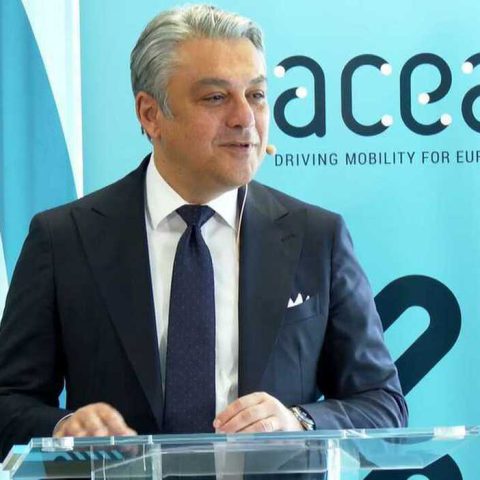ACEA’s manifesto for competitive mobility ecosystem ready for COP28: “EU needs a holistic approach to automotive industry challenges”
European manufacturers’ association ACEA has unveiled its own manifesto and roadmap for a competitive mobility ecosystem (the full version is available here). It’s an attempt to make the manufacturers’ voice clear ahead of the COP 28 climate conference starting today, November 30, in Dubai. The three pillars of the manifesto unveiled by ACEA The roadmap outlined by ACEA […]

European manufacturers’ association ACEA has unveiled its own manifesto and roadmap for a competitive mobility ecosystem (the full version is available here). It’s an attempt to make the manufacturers’ voice clear ahead of the COP 28 climate conference starting today, November 30, in Dubai.
The three pillars of the manifesto unveiled by ACEA
The roadmap outlined by ACEA is based on three pillars – supply, production, and demand – to be implemented by the auto industry together with its partners. “Our sector is in the midst of the biggest transformation in over a century. There is no question for us about the need to decarbonise. We are investing billions to make this happen – far more than any other sector”, said Luca de Meo, CEO of Renault Group and President of ACEA, now re-elected by the association’s board for a second mandate.
“Our industry has on average eight or nine EU regulations coming into force every year until 2030; in some cases, these are conflicting regulations,” explained Mr de Meo. “Europe urgently needs to adopt a holistic approach to automotive industry challenges, encompassing the entire value chain, from upstream to downstream. Because the issues we are facing cut right across sectors: automotive, mining, energy, infrastructure and beyond. If you look at our global competitors, you see that they are very good at doing this.”
Luca de Meo: “We need to collaborate with policy makers”
A key element of ACEA’s roadmap is to make Europe a hub for manufacturing green and smart vehicles. “We need to collaborate with policy makers to create the conditions for manufacturing a diverse range of zero-emission models, including small, affordable electric vehicles that are profitable to produce in Europe,” explained de Meo.
“This way we can tackle many challenges with the same silver bullet, especially when it comes to urban mobility. We also need to work on the demand side through adequate, fit-for-purpose incentive schemes, at all policy levels, from the EU down to urban and local authorities.”






